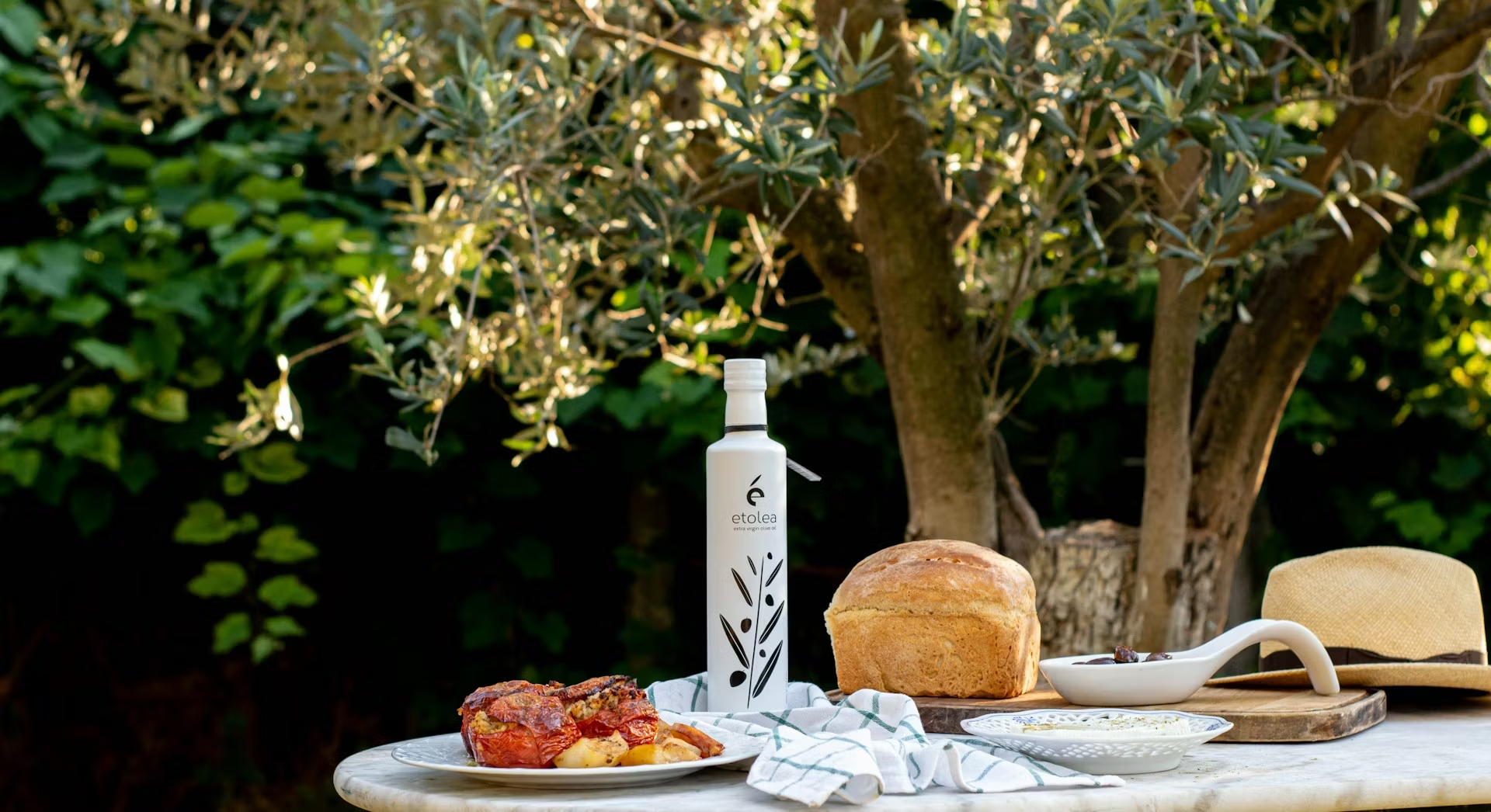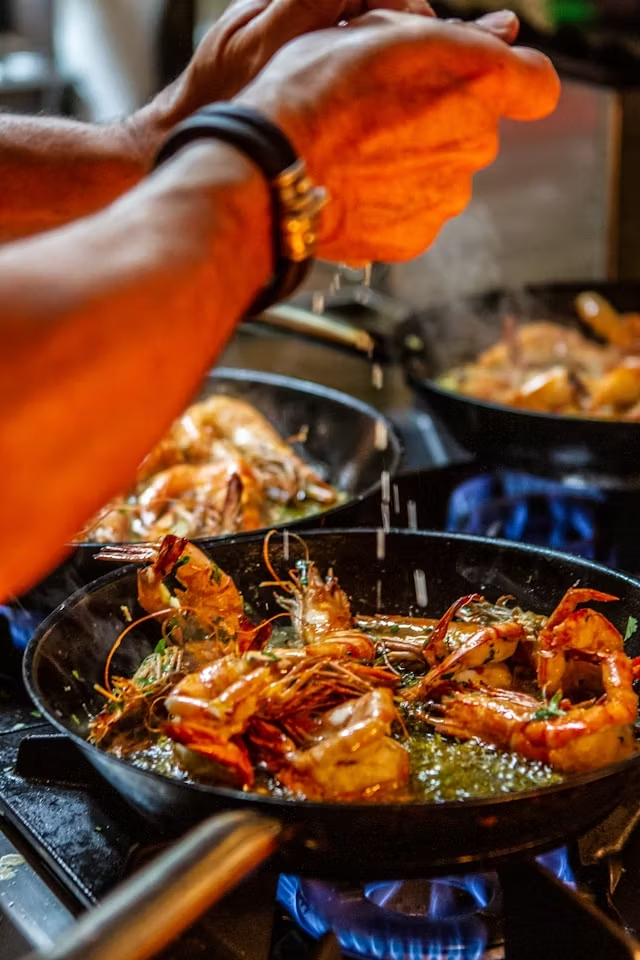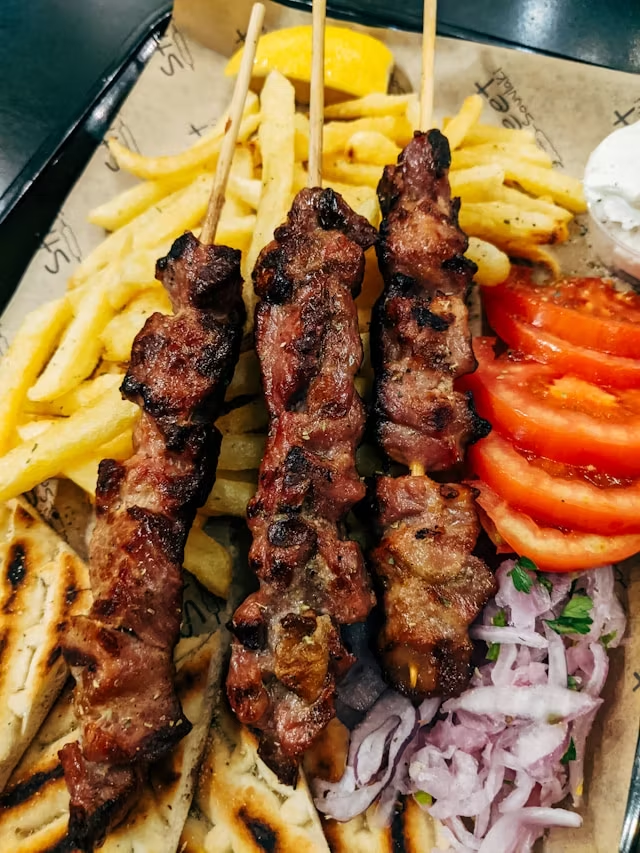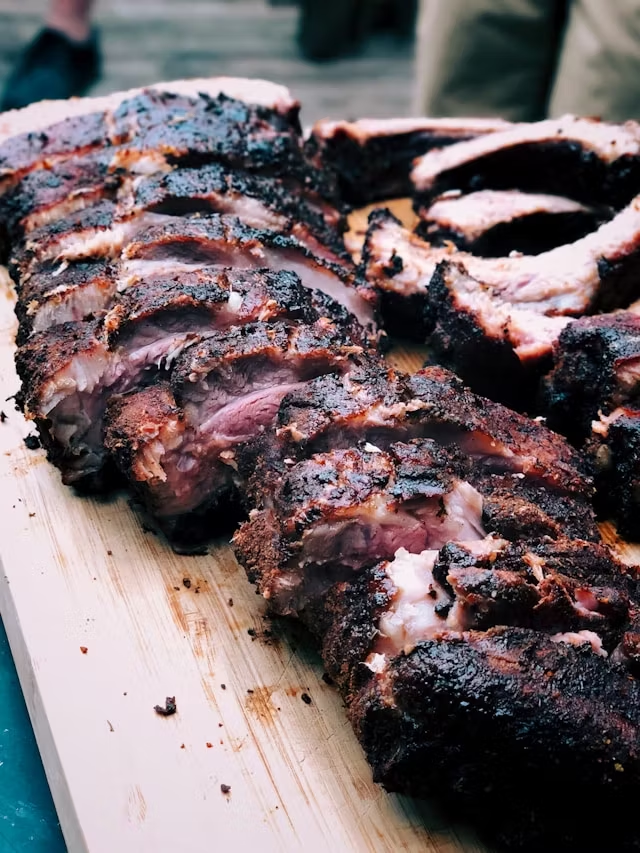
Luxury Yacht Vacations in Greece: Indulge in the Finest Food
Greeks have a deep passion for dining out, often indulging in generously portioned meals with loved ones in a prolonged, joyous feast of various dishes. Whether savoring seafood at a waterside table or enjoying contemporary Greek cuisine beneath the illuminated Acropolis, dining in Greece transcends mere eating; it is a full sensory experience.
Follow the locals' example by going directly to the source. Visit seaside fishing villages for the freshest fish or head to mountain hamlets for locally sourced meat. Look for tavernas that grow their own vegetables, craft their own wine, and press their own olive oil, where the fried potatoes are hand-cut and family recipes are cherished and handed down through the generations. Exploring regional specialties offers delightful discoveries – no two meals will ever be alike. Here are some tips to get you started on this culinary adventure.
Greece’s Delectable Fish and Seafood
No trip to Greece is complete without savoring its exquisite seafood in all its diverse forms. Fish is often grilled whole and finished with a drizzle of ladolemono, a lemon and oil dressing. Smaller fish like barbounia (red mullet) or maridha (whitebait) are lightly fried; you can either eat the whitebait or anchovies whole or carefully nibble the meat off the bones. Octopus can be grilled, marinated, or stewed in a rich wine sauce.
Other beloved seafood dishes in Greece include soupies (cuttlefish), calamari stuffed with cheese and herbs, and the ubiquitous psarosoupa (fish soup), which varies from kitchen to kitchen. For the freshest experience, head to tavernas operated by local fishing families, and always select your fish and inquire about its weight to know the price (which can sometimes be surprising). Ideally, enjoy your meal right by the shore.

Indulge in Greece’s Beloved Street Food: Souvlaki
Greece’s adored street food, souvlaki, is available in two popular forms: gyros, featuring meat cooked on a vertical rotisserie, or skewered meat wrapped in soft pita bread, accompanied by tomato, onion, and generous dollops of tzatziki.
To add a bit more substance, they often include French fries. Typically, you'll choose between pork or chicken, though lamb sometimes makes an appearance. If you prefer to enjoy it immediately, simply ask for it "sto heri" – in hand.



Filled with vibrant streets, lush hilltops, and sparkling aquamarine waters, Greece's islands are a popular choice for superyacht charters.

In Greece, viticulture is a time-honored tradition that has been passed down through generations, with families and communities using their ancestral land to create exceptional wines from ancient grape varieties. Wine enthusiasts in Greece have the opportunity to enjoy the perfect blend of relaxing island holidays and exciting visits to local wineries, which are often popular tourist destinations themselves.

Greece is a land of myth and legend, treasured for its myriad islands and pockets of serenity. The scenery is comprised of white-washed dwellings, churches with brilliant turquoise shingles, and rolling verdant hills.
Delight in Delicious Grilled Meats
Greeks excel at preparing grilled and spit-roasted meats. Beyond the famed souvlaki, indulge in païdakia (lamb cutlets) and brizoles (pork chops), along with fresh fish and calamari.
From Tsiknopempti – a holiday dedicated to consuming grilled meat before Lent – to Easter feasts where lamb is either grilled or spit-roasted to break the fast, and even at your average psistaria (grill house), don't hesitate to pick up skewers or chops with your hands.
Forget the formal silverware. Accompaniments are often straightforward: potatoes, vegetables, and dips.

Feel Like You’re at Grandma’s with Mayirefta
Mayirefta, home-style one-pot, baked, or casserole dishes, are a cornerstone of taverna cuisine and an essential part of Greek culinary tradition. Take a leisurely stroll into the restaurant to see what’s available. These dishes are prepared early and left to cool, allowing the flavors to meld and develop, making a visual survey irresistible.
Classic mayirefta include moussaka (a layered dish of eggplant, minced meat, potatoes, and cheese), yemista (rice and herb-stuffed vegetables), lemonato (red meat or chicken with lemon and oregano), and stifadho (sweet, stewed meat with tomato and onion). However, the variations are limitless, with options ranging from vegetarian and vegan to hearty meat dishes often served over rice, orzo, or pasta.

Photos by Pim Myten on Unsplash, Markus Winkler on Unsplash, Jon Tyson on Unsplash, Etolea extra virgin olive oil on Unsplash, Despina Galani on Unsplash